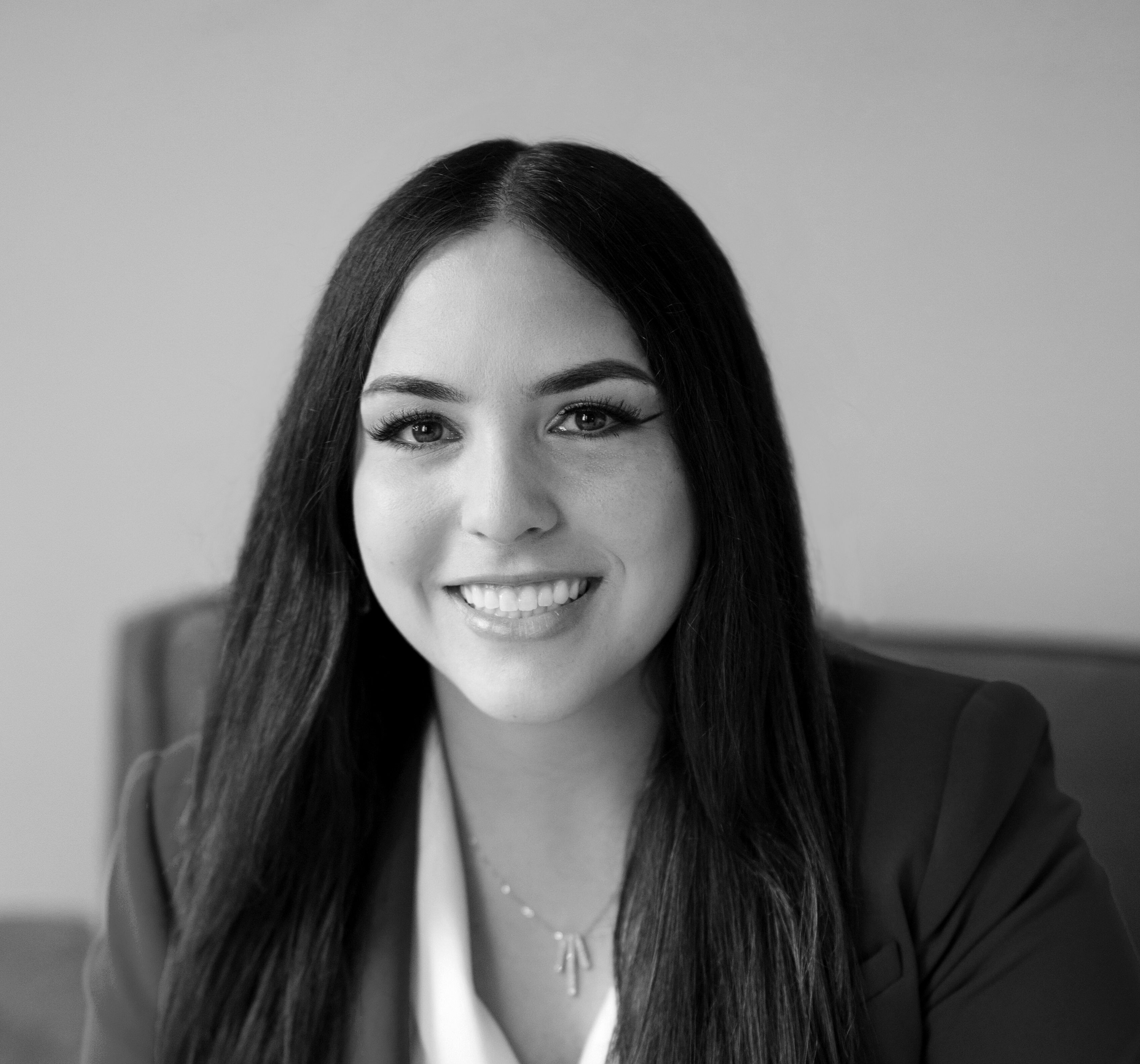New York Enacts Quarantine Leave Law in Response to COVID-19 Pandemic
On March 18, 2020, New York State passed a bill in response to the COVID-19 pandemic that provides employees with job-protected quarantine leave. The new law also expands New York Paid Family Leave (“PFL”) benefits and New York disability benefits available to certain eligible employees. On March 25, 2020, New York State published Frequently Asked Questions and other guidance regarding this new law.
Quarantine Leave
Effective immediately, New York employers must provide job-protected quarantine leave to employees who are subject to a mandatory or precautionary order of quarantine or isolation issued by New York State, a state or local health department, or any other governmental entity due to COVID-19. The amount of quarantine leave must be provided as follows:
- Employers with ten (10) or fewer employees and a net income of less than $1 million in the previous tax year must provide unpaid job-protected quarantine leave to eligible employees through the termination date of the quarantine order.
- As denoted below, employees may also be eligible for combined PFL benefits and disability benefits during the leave of absence up to a maximum of $2,884.62 per week.
- Employers with ten (10) or fewer employees and a net income of greater than $1 million dollars in the previous tax year and employers with eleven (11) to ninety-nine (99) employees must provide: (1) at least five (5) days of job-protected paid quarantine leave and (2) unpaid job-protected quarantine leave thereafter until the termination of the quarantine order.
- After paid quarantine leave is exhausted, employees may be eligible to receive combined PFL benefits and disability benefits during the leave of absence up to a maximum of $2,884.62 per week.
- Employers with one hundred (100) or more employees as of January 1, 2020 and certain public employers (regardless of size) must provide at least fourteen (14) days of job-protected paid quarantine leave during the period of the quarantine order.
As noted above, the quarantine leave is job-protected, which means that employers are required to restore employees to positions they held prior to their leave with the same terms and conditions of employment. Employers are prohibited from discriminating or retaliating against employees for taking such leave. The above quarantine leave is paid in addition to any sick leave an employee has already accrued pursuant to company policy or local law.
Significantly, employees who do not have COVID-19 symptoms or are not diagnosed with any medical condition while in quarantine and who are capable of working remotely while subject to the quarantine order are not eligible to use quarantine leave under this law. Further, an employee who is under a quarantine order due to non-business travel to a country which the CDC has issued a level two (2) or three (3) COVID-19 related travel advisory is similarly not eligible for quarantine leave under the new law, so long as the employee had notice of such travel advisory and limitations of benefits prior to such travel.
According to the recent guidance, employees who independently choose to quarantine are not eligible for any benefits under this new law.
Expansion of PFL Benefits and Disability Benefits
As of the first unpaid day of leave taken due to a covered quarantine order, employees are entitled to receive PFL benefits and disability benefits, so long as they work for: (1) employers with ten (10) or fewer employees and a net income of less than $1 million dollars in the previous tax year; (2) employers with ten (10) or fewer employees and a net income of greater than $1 million dollars in the previous tax year; and (3) employers with eleven (11) to ninety-nine (99) employees. Such employees are entitled to PFL benefits in the current amount provided under the New York Paid Family Leave Law, which is sixty percent (60%) of the employee’s average weekly wage, up to $840.70 per week. The weekly disability benefits would equal the difference between the maximum PFL benefit the employee receives and the employee’s total average weekly wage, up to a maximum disability benefit of $2,043.92 per week. These benefits will begin following the use of any paid quarantine leave described above.
Additionally, employees may also qualify for PFL benefits if they take leave to care for a minor dependent child whose school is closed due to an order issued by a covered government entity at the same PFL benefit rate denoted above. Employees are only eligible to receive such benefits if the school has been closed pursuant to a quarantine order and not closed for preventative social distancing.
Employee Application for PFL Benefits and Disability Benefits
To receive PFL benefits and/or disability benefits, an eligible employee must apply as follows:
- The employee must complete the employee sections of the Request for COVID-19 Quarantine DB/PFL – Self form package and mail the completed forms to his/her employer.
- The employer has three (3) business days to complete the employer sections of the forms and return such forms to the employee.
- The employee must submit the completed package, along with a copy of the mandatory or precautionary quarantine order, to the employer’s disability and PFL insurance carrier no later than thirty (30) days from the first day of leave. The insurance carrier is required to pay or deny the claim within eighteen (18) calendar days of receiving the completed form package.
- An employee who is taking leave to take care of a minor child subject to a quarantine order must adhere to the same process, but instead complete the Request for COVID-19 Quarantine PFL – Child form package.
As we reported, the federal government enacted the Family First Coronavirus Response Act (“FFCRA”), which requires employers with less than five hundred (500) employees to provide paid sick leave and expanded FMLA leave. New York employees who are also covered by the FFCRA are eligible to receive the difference between what the federal law provides and what is available under the state law.
No aspect of this advertisement has been approved by the highest court in any state.
Results may vary depending on your particular facts and legal circumstances.
As the law continues to evolve on these matters, please note that this article is current as of date and time of publication and may not reflect subsequent developments. The content and interpretation of the issues addressed herein is subject to change. Cole Schotz P.C. disclaims any and all liability with respect to actions taken or not taken based on any or all of the contents of this publication to the fullest extent permitted by law. This is for general informational purposes and does not constitute legal advice or create an attorney-client relationship. Do not act or refrain from acting upon the information contained in this publication without obtaining legal, financial and tax advice. For further information, please do not hesitate to reach out to your firm contact or to any of the attorneys listed in this publication.
Join Our Mailing List
Stay up to date with the latest insights, events, and more






